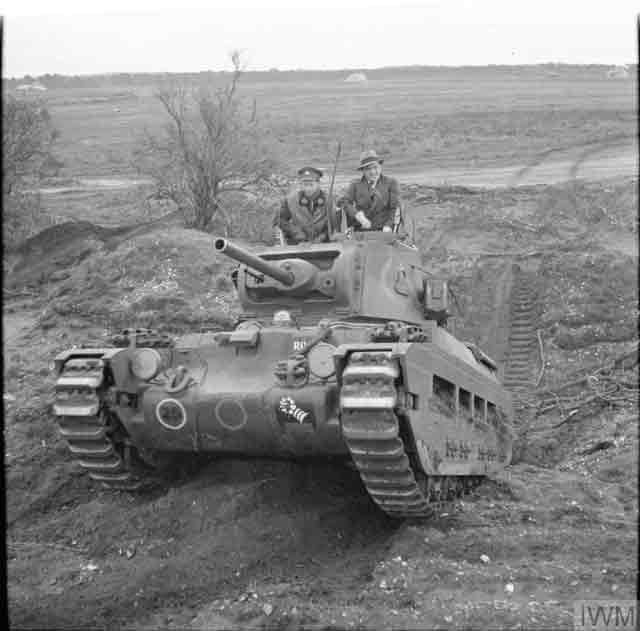Monday 3 November 1941
 |
| "General Sir Archibald Wavell, C-in-C Far East, and Major General F K Simmons, GOC Singapore Fortress, inspecting soldiers of the 2nd Gordon Highlanders, Singapore, 3 November 1941." © IWM (FE 375). |
 |
| "A Matilda tank of 6th Armoured Division is put through its paces for members of a visiting delegation of journalists from the West Indies, Eastern Command, 3 November 1941." © IWM (H 15281). |
 |
| "HMS BARLOW, one of the Ships that controls the opening and closing of the Hoxa Gate, the main entrance to Scapa from the sea. The Boom can be seen running away to the background." 3 November 1941 © IWM (A 6383). |
 |
| HMS Kent at anchor at Scapa Flow, 3 November 1941. © IWM (A 6381). |
[I]t would be shortsighted for American policy to be based upon the belief that Japanese preparations are no more than saber rattling, merely intended to give moral support to the high-pressure diplomacy of Japan. Japan may resort with dangerous and dramatic suddenness to measures which might make inevitable war with the United States.Grew does not know it, but before he even sends this telegram, Japan already has committed to such a dangerous and dramatic path, which Grew further notes would be a "suicidal struggle with the United States."
 |
| A Schützenpanzer (Sd.Kfz. 250) and Sturmgeschütz III in Russia, November 1941. |
 |
| "U.S.A.'s West Point," Life magazine, 3 November 1941. |
November 1941
November 1, 1941: Finns Attack Toward Murmansk Railway
November 2, 1941: Manstein Isolates Sevastopol
November 3, 1941: Japan Prepares to Attack
November 4, 1941: German Advances in the South
November 5, 1941: Last Peace Effort By Japan
November 6, 1941: Stalin Casts Blame in an Unexpected Direction
November 7, 1941: Stalin's Big Parade
November 8, 1941: Germans Take Tikhvin
November 9, 1941: Duisburg Convoy Destruction
November 10, 1941: Manstein Attacks Sevastopol
November 11, 1941: Finland's Double Game Erupts
November 12, 1941: T-34 Tanks Take Charge
November 13, 1941: German Orsha Conference
November 14, 1941: German Supply Network Breaking Down
November 15, 1941: Operation Typhoon Resumes
November 16, 1941: Manstein Captures Kerch
November 17, 1941: Finland Halts Operations
November 18, 1941: British Operation Crusader
November 19, 1941: Sydney vs. Kormoran Duel
November 20, 1941: The US Rejects Final Japanese Demand
November 21, 1941: Germans Take Rostov
November 22, 1941: Kleist in Trouble at Rostov
November 23, 1941: Germans Take Klin, Huge Battle in North Africa
November 24, 1941: Rommel Counterattacks
November 25, 1941: HMS Barham Sunk
November 26, 1941: Japanese Fleet Sails
November 27, 1941: British Relieve Tobruk
November 28, 1941: Rostov Evacuated, German Closest Approach to Moscow
November 29, 1941: Hitler Furious About Retreat
November 30, 1941: Japan Sets the Date for its Attack
2020





